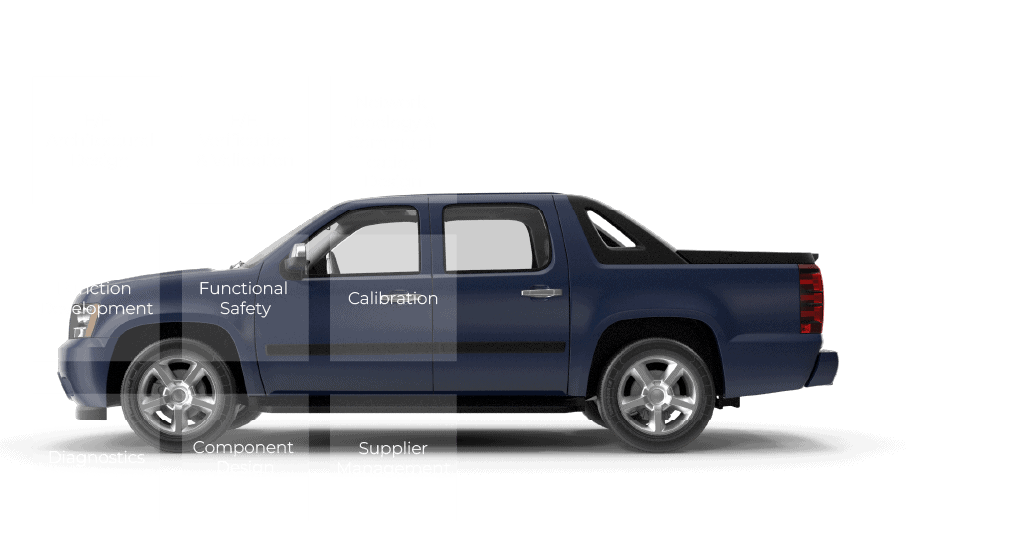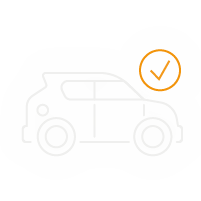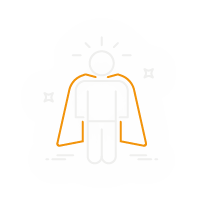Integration of E/E and Software
Future vehicles are characterized by increasingly rich functionality for assisted and automated driving / active safety plus the enablement of new business models and services.
This is made possible by connecting the vehicle to the internet and growing the in-vehicle computation with higher shares of electronic components and software / algorithms with also increasing complexity.
Automotive software must be maintainable, updateable, and diagnosable – and grounded on a powerful, reliable, and well-structured E/E system, which is no longer a rolling island but part of a larger and connected ecosystem.

E/E Architecture Integration
Increasing development costs drive the need to combine and integrate E/E architectures from different origins in a cost-efficient approach based on reuse & merge.
Design, specification, implementation and verification from a single partner
We supported two OEMs in integrating their E/E architectures. Our activities ranged from design and specification of functions to implementation and verification of the resulting merged E/E architecture plus associated calibration activities.
- Overall responsibility for complete E/E system incl. diagnostics, coding, EoL testing
- Release & supplier management
- Functional Safety management and alignment of safety requirements for the vehicle & powertrain
- Development of a new gateway component to integrate the remaining E/E system parts, among others including the instrument cluster, head unit, audio, HMI controls, powertrain control, ADAS systems, telematics system
- Development and integration of an intelligent dynamic power management
ECU Development
The increasing share of software in electronic controls often forces ECU suppliers to extend their software development capacity with external staff. FEV provides the required highly skilled workforce plus proven functionality to accelerate the time to market.
Development of a state-of-the-art BMS in record time
We supported a European ECU supplier to bring up a state-of-the-art Battery Management System (BMS) for a leading OEM – in a fraction of the time compared to create such a system from scratch by providing already existing key BMS functionality. We supported in developing the system architecture including functional and hardware requirements along with associated test specifications.
Our task included the configuration and building of the Basic Software / RTE based on a commercial AUTOSAR Classic stack. We integrated both MCAL and Safety Library. The application software included safety software and associated diagnostics and error management.
The development and integration of the application software complied with ISO 26262 and ASPICE Level 2 for AUTOSAR CP 4.3 and included the development of a complex device driver. The functions / software design was executed in a model-driven approach based on a FEV function library.


*MDSD = Model-Driven Software Development
Legacy Software Migration
Often proven application software exists that was not designed to run on top of a standardized AUTOSAR stack. To benefit from a standardized AUTOSAR stack – and with this from a wide portfolio of available ECU hardware – the existing legacy software must be migrated to comply with the AUTOSAR standard.
From traditional programming to model-driven software design
Based on the analysis of manually coded legacy software with various complexity levels we reengineered both simulation models and associated requirements. An alternative wrapping approach to encapsulate the existing code base and expose AUTOSAR compliant interfaces to the AUTOSAR stack was discarded due to concerns regarding maintainability and intended future lift of functionality.
By consolidating the requirements with simulation models we were able to shift the code creation from traditional programming to easier maintainable and much earlier testable model-driven software design with automatic code generation from simulation models.
In parallel a new concept for a centralized application level error handling was developed and integrated into the software architecture.
The generated application software was finally integrated with a commercial AUTOSAR Classic Platform.
Interested in working with us?

Proven experience in prototype and series programs
We have mastered feature & function development & testing projects for truck and passenger cars.

Field-tested methodical framework
We provide structured system specification and validation according to safety and security regulations.

Comprehensive Training and Consulting approach
We empower organizations to become experts in all domains connected to intelligent mobility.

End-to-end understanding
We work along the whole process — from vision to SOP

Collaborative
We bring experts from all relevant fields to the table and create a language that everyone understands.

Johannes Richenhagen
Managing Director
